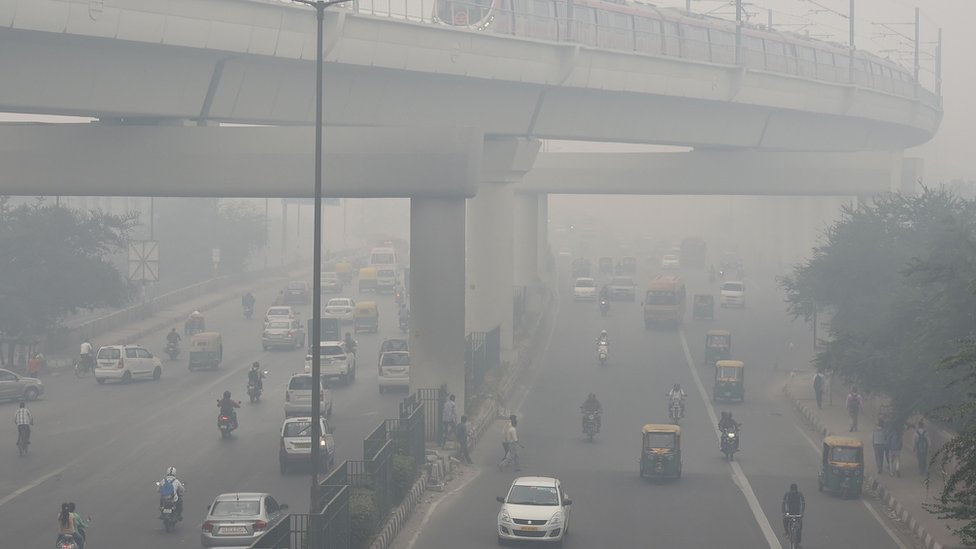
Delhi, the national capital of India, is once again facing a grave environmental challenge as it grapples with the world’s most toxic air, just as the festival season begins. The city’s air quality index (AQI) has reached alarming levels, significantly surpassing those in 110 global cities, according to IQ Air data.
The capital’s AQI soared to 346, while Mumbai, India’s financial hub, recorded a comparatively lower AQI of 177. The deteriorating air quality in Delhi can be attributed to a combination of factors, including stubble burning, vehicle emissions, construction activities, and coal-fired power plants.
The Commission for Air Quality Management’s sub-committee has invoked an 11-point action plan, aligning with Stage-II of the Graded Response Action Plan (GRAP). The GRAP is implemented by the Delhi government in a phased manner, involving measures such as the ban on construction activities and the closure of educational institutions, depending on the severity of the situation.
Experts point out that a drop in temperature and sluggish wind speeds are hampering the dispersion of pollutants. Anju Goel, an air quality research fellow at The Energy and Resources Institute, noted that these weather conditions are contributing to the poor AQI.
Delhi’s particulate matter (PM 2.5) levels stand at a staggering 296 micrograms per cubic meter of air, nearly 20 times the World Health Organization’s recommended level of 15.
According to data from the Central Pollution Control Board, Delhi’s AQI was 313, placing it in the ‘very poor’ category.
Sunil Dahiya, an analyst with the Centre for Research on Energy and Clean Air, highlighted that while agricultural fires in the areas surrounding the capital have decreased in the past five years, other sources of pollution, such as construction activities and inefficient cooking stoves, have worsened due to population growth.
Dahiya added, “Power plants operating around the capital were supposed to have installed pollution controls, but poor enforcement means that most haven’t yet done so. The situation is likely to get worse unless there’s better regulation and compliance.”
Delhi’s Environment Minister, Gopal Rai, has emphasized the critical nature of the next two weeks, which include Dussehra, Deepawali, and farm fires. In a recent review meeting with 28 government departments, Rai identified eight additional pollution hotspots in the city, in addition to the existing 13.
Rai stated, “In addition to the 13 existing air pollution hotspots in Delhi, we are focusing on eight places where the AQI has exceeded the 300-mark. These locations include Shadipur, ITO, Mandir Marg, Nehru Nagar, Patparganj, Sonia Vihar, Dhyan Chand Stadium, and Moti Bagh.”
To combat the crisis, the government plans to use dust suppressant powder in anti-smog guns to mitigate dust pollution, intensify the anti-dust campaign, and conduct more field visits. Additionally, action will be taken against diesel generator sets, with the exception of those used for emergency services.
As Delhi finds itself in the grip of an air quality emergency, it is evident that both immediate action and long-term solutions are needed to combat the toxic air that poses a severe health risk to its residents. Experts and officials alike are urging stricter regulation and compliance to address the root causes of this dire situation.
Sources By Agencies




